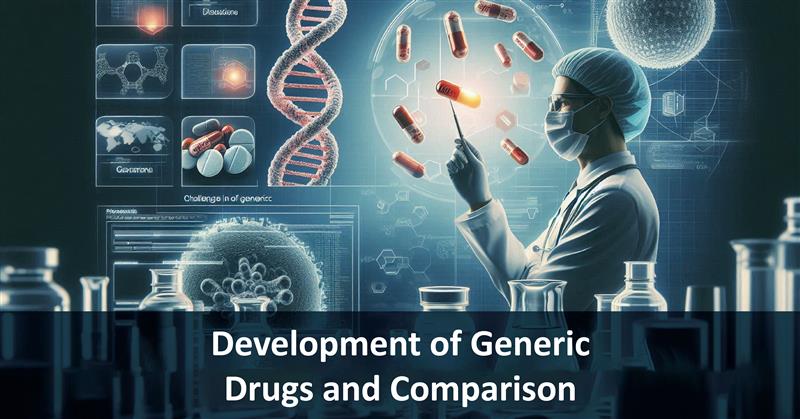Complexity of Dissolution Testing
In the dissolution test, a number of variables need to be controlled, including dissolution media, temperature, speed of agitation, and time points at which samples are withdrawn. All of these factors may affect the dissolution profile and, therefore, have significant impacts on the assessment of bioequivalence. The final important complication of dissolution testing concerns the physical and chemical properties of the drug itself, like its solubility, particle size, and formulation.
One of the most commonly applied methods for dissolution profile comparison is the similarity factor (f2), which is a mathematical expression quantifying the closeness of two curves obtained from in vitro dissolution testing. The limitations in the applicability of the f2 method are: it requires at least three time points, the dissolution profiles should have low variability, and very fast or very slow dissolution of drug products may not be applicable by the f2 method, which may result in possible misinterpretations of bioequivalence.
In view of all these limitations, some alternative approaches have been explored by regulatory agencies and researchers and can thus be classified as model-independent or model-dependent methods. On the other hand, model-independent methods such as mean dissolution time and area under the curve make available the possibility of a more flexible approach to comparing dissolution profiles. Model-dependent methods consist of fitting the dissolution data to any mathematical model, like Weibull or zero-order models, which describe the kinetics of drug release. These techniques can provide more insight into the dissolution process but are very resource-intensive with respect to model selection and result interpretation.
Regulatory Challenges in Dissolution Testing
The landscape of dissolution testing regulations varies across regions. While the FDA, EMA, and other controlling authorities have set guidelines on dissolution testing and bioequivalence, these standards are not globally harmonized. This lack of standardization has strained the developers of generic drugs, who must comply with diverse regulatory requirements in each market they seek to enter.
For instance, although the FDA requires in vitro dissolution testing to assist in supporting even minor or moderate changes in manufacturing, the European Medicines Agency and Health Canada can have different parameters for evaluating these changes. Furthermore, alternative methods to the f2 calculation, such as model-independent and model-dependent approaches, could be adopted by various regulatory agencies, thereby making the approval process all the more cumbersome.
Another such challenge in regulation is the setting of clinically relevant dissolution specifications. CRDS are dissolution specifications directly related to the clinical performance of the drug. In-depth knowledge of the pharmacokinetics and pharmacodynamics of the drug and the generation of extensive in vivo and in vitro data are needed to develop a CRDS. Therefore, there may be some difficulty in establishing a CRDS for generic drugs, as full, detailed clinical data from the reference product is not available.
Scientific and Technological Advancements
Notwithstanding the problems, some of the obstacles in dissolution profile comparison are being surmounted by scientific and technological advancements. One such powerfully developing tool in this regard is physiologically-based pharmacokinetic modeling. PBPK models simulate the drug’s ADME process in the human body and, therefore, can possibly make more appropriate predictions of bioequivalence.
In vitro dissolution data from the PBPK model can thus be combined with in vivo pharmacokinetic data to predict the effect of changes in the dissolution profile on the bioavailability of the drug. This approach will not only help in understanding the dissolution process but will also provide the establishment of clinically relevant dissolution specifications. This PBPK modeling could also be utilized for a change in dissolution specification during the drug’s life cycle, which thus generally avoids huge and time-consuming clinical studies.
Another exciting development in this area is the application of biorelevant dissolution media. Standard dissolution testing is usually conducted with simplistic aqueous solutions that poorly simulate the conditions in the human gastrointestinal tract. On the other hand, biorelevant media are designed to feature the composition and other properties of GI tract fluids from different parts, making the assessment more realistic of the drug’s in vivo dissolution and absorption. Application of biorelevant media in dissolution testing would better predict in vivo drug performance and facilitate the development of more robust generic formulations.
